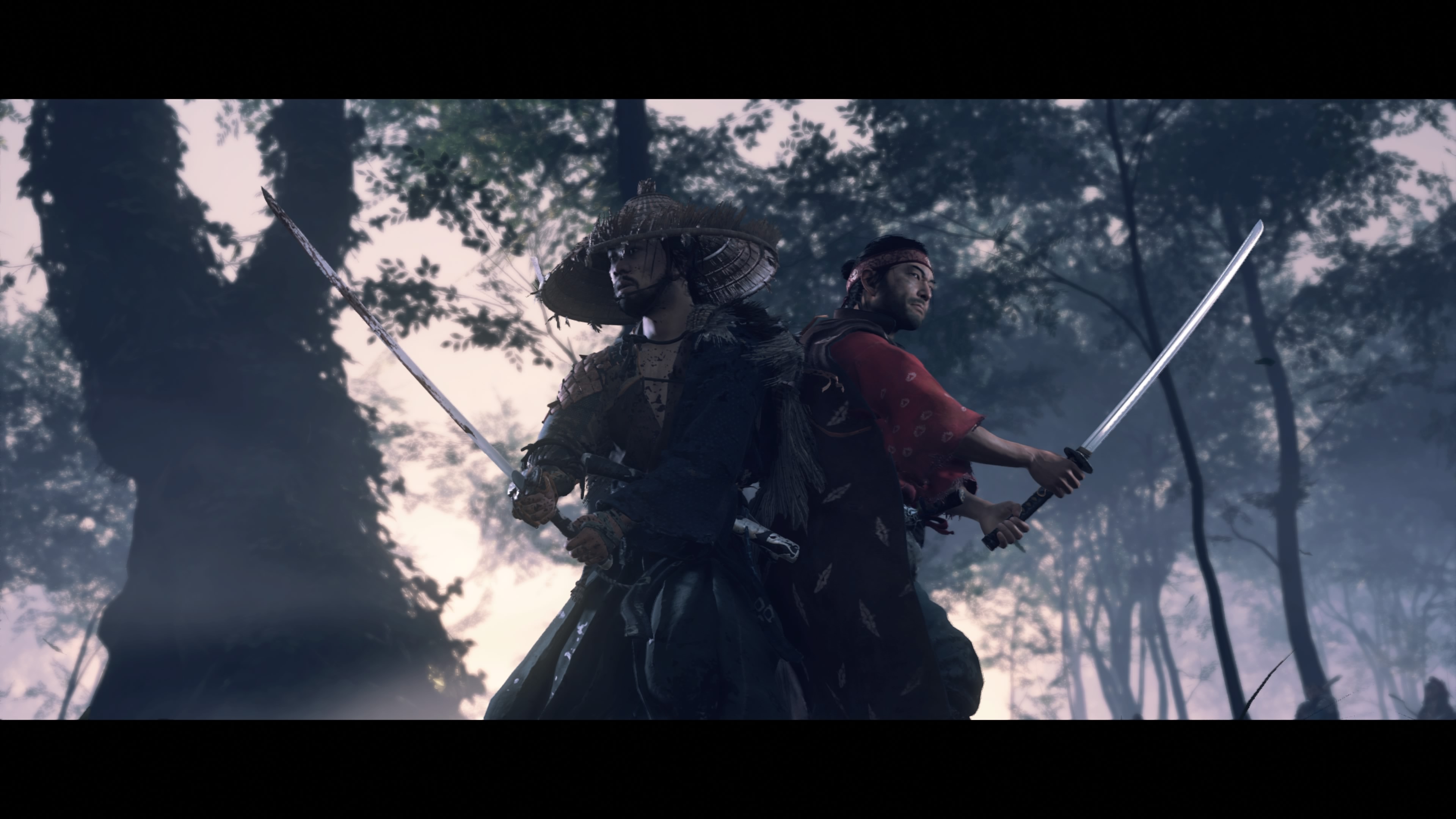
In Ghost of Tsushima, you will need to take the resources to the appropriate craftsman, such as a swordsmith, armorer, or bowyer. Convenient, yes, but for a game that seeks a feel of historical immersion, not terribly accurate.

Some of the crafting can be done in the field by Aloy herself, such as arrows. In Horizon Zero Dawn, for example, the player collects wood and resources and whatnot, which can be used to craft weapons and upgrades. Jin follows the wind to his next destinationĪnother example is crafting. Silent samurai, ever floating on the winds, the winds of justice…the haiku almost writes itself. Streams of air and leaves will blow in the direction of the goal, and the player can swipe up on the touchpad to summon an additional gust, if necessary. Instead, the player is guided to the active quest location via the wind. While Ghost of Tsushima’s map and ubiquitous markers are but a click away in the menus, they are not visible on the screen during normal gameplay. Navigation markers frequently occupy the periphery.

Sucker Punch has subtly tweaked the formula in a way that really allows the player to experience being a samurai in feudal Japan.įor example, one arguably distracting component of these games is the compass or minimap. However, what really makes Ghost shine is that it takes the elements of the genre, further refines them, and polishes them.
Anyone who is a fan of Horizon Zero Dawn or the recent Assassin’s Creed games will feel quite at home playing Ghost of Tsushima. The story most definitely helps to immerse the player without inhibiting the flow of the game.Īnd the game itself is a perfect example of a modern, open world action/adventure title, with some extra stealth elements. The voice acting is top notch, and the cutscenes are paced to avoid becoming a burden. Jin is a solid protagonist he is not flawless (and therefore shallow), and he must deal with both the Mongols and his own inner conflict. I have not completed the campaign as of publication, but the narrative so far is excellent and the characters well done. The landscapes are quite beautifulīefore discussing the gameplay itself, a note on the story elements. Sucker Punch envisioned Ghost of Tsushima as a samurai game. It is a world occupied by stoic warriors, silent assassins, and relentless villains. It is a game that grapples with the meaning of honor and duty. The map is dotted with quaint villages, hot springs, beautiful castles, and hidden shrines.

The Japanese countryside is beautiful, with bright golden leaves blanketing the forest paths, shallow rivers burbling over rounded stones, firm mountains, and swaying grasslands. Inspired heavily by classic samurai films (there is even a Kurosawa display mode that renders the game in a gorgeous black and white film grain), Ghost of Tsushima is a powerful, epic experience. Set in 13th century Japan amidst a Mongol invasion, the player takes the role of young samurai Jin as he strives to liberate the people of Tsushima. This is purely from a game design perspective and is not in any way related to our morality evaluation. ⭐ Games that receive this star have a score of 95% or above.


 0 kommentar(er)
0 kommentar(er)
